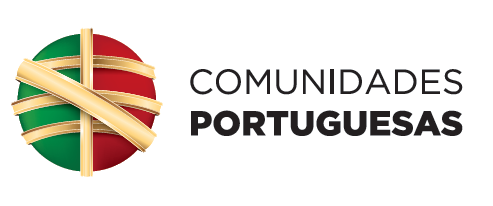Title Borders, (i)mobilities and translocal networks: migrations from a village in the region of Trás-os-Montes
Author João Baía
Advisors Nuno Miguel Rodrigues Domingues e Paula Cristina Antunes Godinho
Year 2023
Institution ICS
Degree PhD
Area Migrations, specializing in the anthropology of ethnicity and politics
Keywords Translocalism, translocal edes, migratory trajectories, peripheral memories, social radius of interaction
URI http://hdl.handle.net/10451/59933
Abstract
The village Montesinho was chosen to study different types of migrations and their effects in that same place. Thirty-two semi-structured interviews were conducted during the fieldwork. The theoretical and snowball sampling process was extended during the field periods. From the village of Montesinho, dozens of people left over time first for Brazil (São Paulo), later for France (Montluçon, Paris, Pavillons-sous-Bois) and for Germany (Hamburg). Translocalism that connects different places within one or more countries, through the social radius of interaction, which are reconfiguring themselves, allows us to go beyond transnationalism that cannot overcome the notion of Nation-State imposed by the governments of countries, among which migrations develop. Migratory practices are mainly developed between places than between countries. Borders, depending on the migratory governmentalities of each country, increase or decrease surveillance and make more, or less difficult the passage of people and goods over time. The bigger the walls, the repression of migrants, and bureaucratic obstacles, greater the difficulties in the process of regularization, access to work with rights and decent housing. This research seeks, through research on migratory trajectories, to perceive differences and similarities, in what regards the connection with the village, between of internal and international migrants over time, and understand the phases and dimensions of different migratory processes: adaptation, housing, work and daily routines. It proposes a typology to analyze the different models of migratory return and raises questions about the future of this place, located in Trás-os Montes, north of Bragança, and its connections with the Spanish border, which presents several similar characteristics to other localities of the Portuguese rural territory from north to south. This Portuguese area have been less and less studied, increasingly exposed to extractivist strategies (mining industry, forestry production, intensive agriculture, tourism), imposed by big companies and national and local power centers. Such processes are developed without any consultation of the affected populations, functioning like a reserve space for future uses, these areas lose population and are not atractive for new definitive migratory returns and for receiving new waves of migrations.






